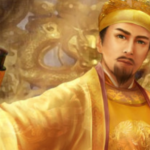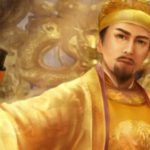The Lý Dynasty existed with 9 consecutive kings’ reigns, and despite the ups and downs, this dynasty is highly regarded in historical books.
According to the book “Questions and Answers about Social Sciences,” in the year Nhâm Thìn (1052), King Lý Thái Tông placed a large drum in the Dragon Yard and issued a decree to the people: anyone who had any grievances could come and beat the drum, and the king would send officials to resolve the issues. If necessary, the king himself would personally evaluate everything. This is a beautiful anecdote in the history of feudal Vietnam.
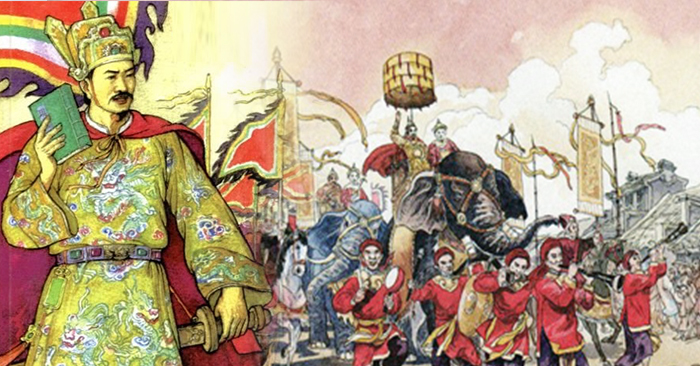
During his reign, King Lý Anh Tông had a large mailbox placed in front of the palace. If anyone had any grievances, they could write them on paper and put them in the mailbox for the court to review and address.
Lý Nhân Tông is a famous and enlightened king of the Lý Dynasty, reigning from 1072 to 1128. According to the book “Questions and Answers about Social Sciences,” in 1076, the king issued a decree to “seek straightforward opinions” in hopes of receiving forthright advice from the court and the people.
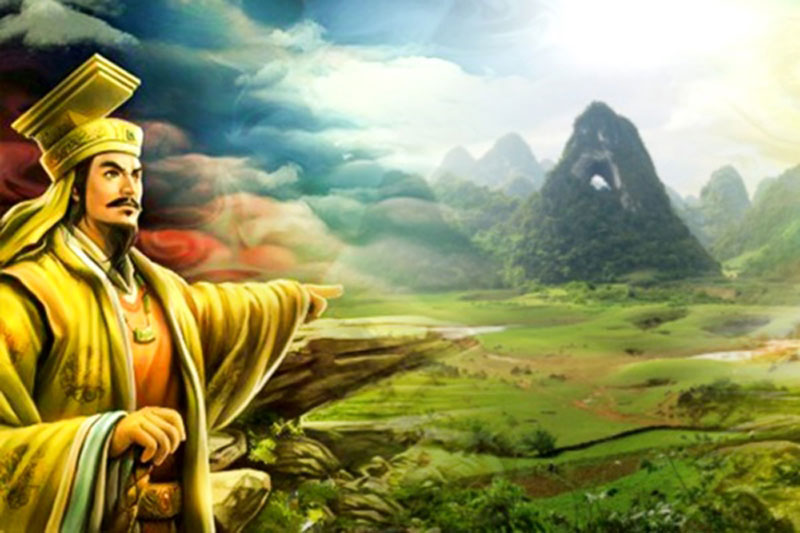
According to the “Complete History of Đại Việt,” Lý Cao Tông (1173-1210) was the seventh king of the Lý Dynasty. Ascending to the throne at the age of 3, being a young and playful child, Lý Cao Tông caused “the country to decline, countless grievances and complaints.” Faced with this heartbreaking situation, Lý Cao Tông realized his mistakes, made a public apology to the people, and promised to rectify his errors.
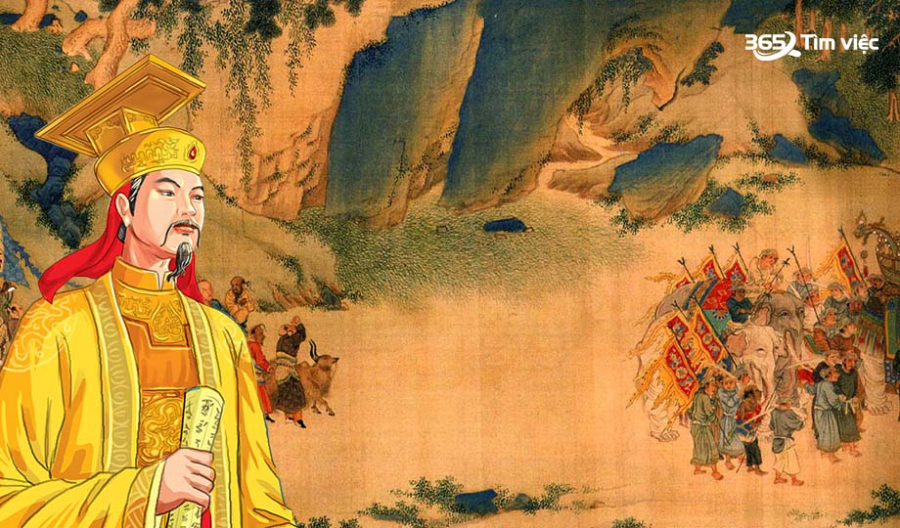
According to the “Compendium of the History of Đại Việt” and the “Complete History of Đại Việt,” the Lý Dynasty had 2 kings who became monks, Lý Huệ Tông and his daughter Lý Chiêu Hoàng (who became a nun after abdicating the throne to the Trần Dynasty).
According to documents such as the “Summarized History of Đại Việt” and the “Complete History of Đại Việt,” Cổ Pháp Pagoda (Bắc Ninh) is the place of origin of the Lý Dynasty. It was here that Lý Công Uẩn, the progenitor, was born and grew up. He was taught by the Buddhist monks in the pagoda before entering the service of the Early Lê Dynasty and eventually becoming the emperor of the Lý Dynasty.

Sitting on the golden throne for 56 years (1072-1128), Lý Nhân Tông is the longest-reigning king in the history of feudal Vietnam. Despite his long reign and relatively long life for the time (62 years old), Lý Nhân Tông did not have any heirs.

























